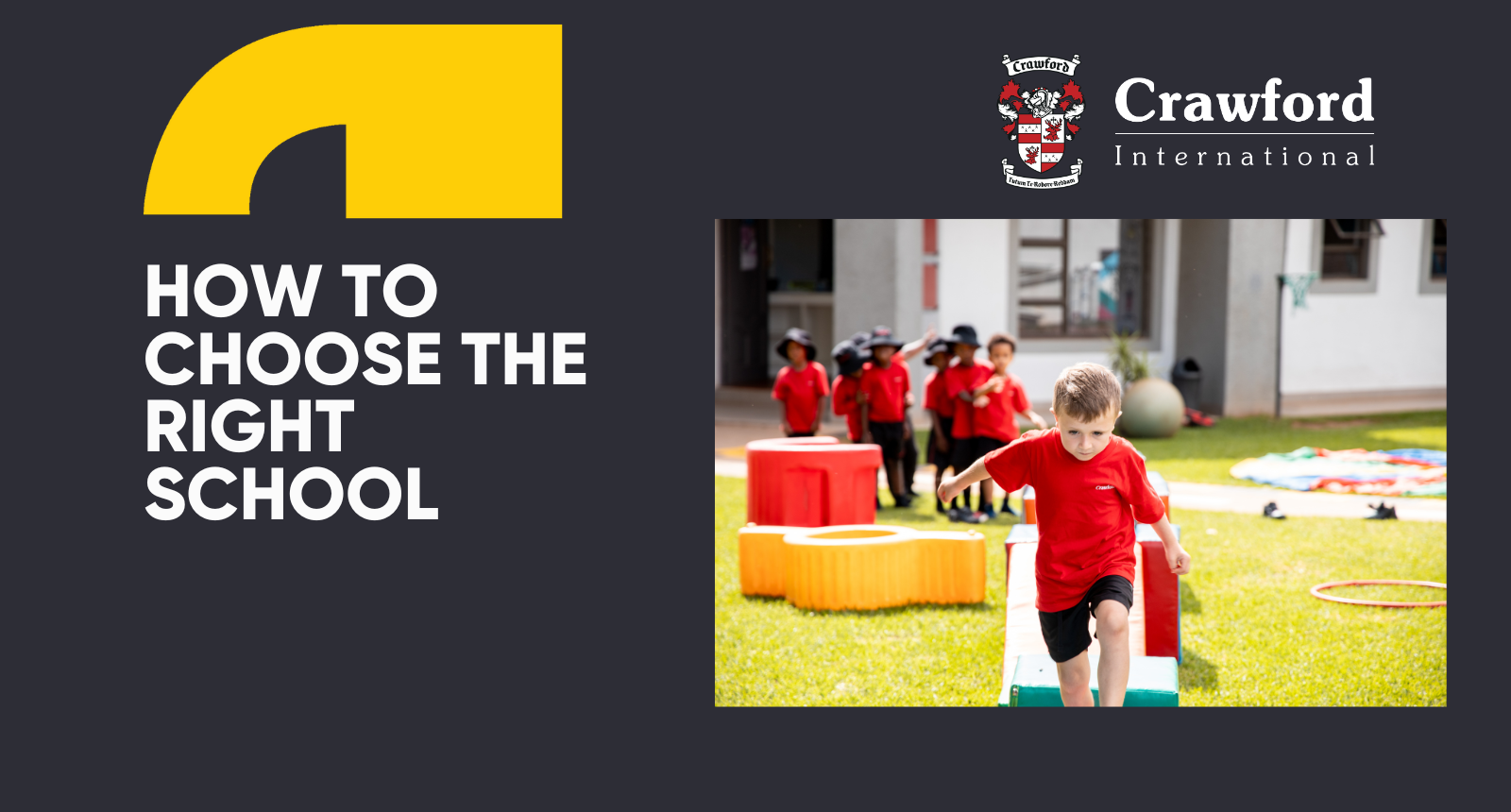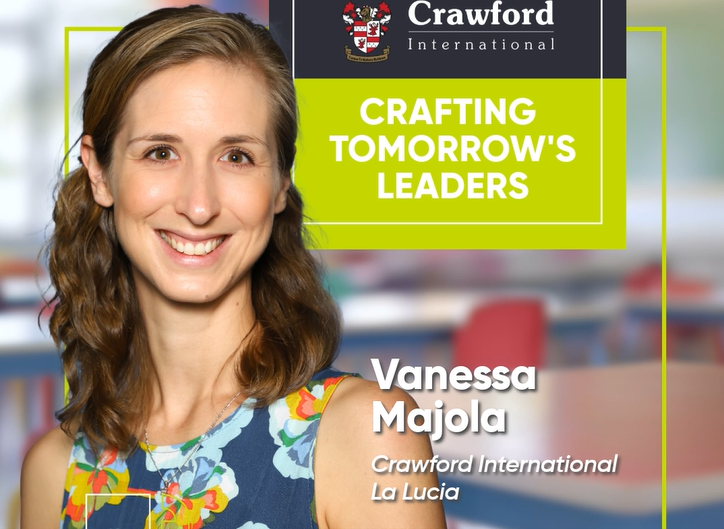Crawford Ruimsig obtains International Baccalaureate authorisation.
ADvTECH Group • August 24, 2021
Crawford Ruimsig obtains International Baccalaureate authorisation.

Crawford International Ruimsig Preparatory School has been officially endorsed and authorised as an International Baccalaureate (IB) World School. This makes them the first South African School on the West Rand to offer this programme.
The Crawford International private school group entered the IB history books last year by being the only group of schools globally to achieve simultaneous authorisation of seven different campuses! And now they’ve added an eighth with their Crawford International Ruimsig Campus.
In order to offer the exclusive International Baccalaureate programme, the school had to deliver one or all of the International Baccalaureate programmes. The IB Programmes are divided into four core phases:
- Primary Years Programme (PYP) for 3 to 12 years old.
- Middle Years Programme (MYP) for 11 to 16 years old.
- Diploma Programme (DP) for the 16 to 19 years old, and; -
- A Careers Certification offering.
The process took a minimum of 18 months to complete and will be followed up every four years with formal evaluation visits by independent Baccalaureate teams from around the world.
On approval from the International Baccalaureate Head Office in The Hague, Netherlands the school was given permission to include the International Baccalaureate World School Logo at their campus. This was a celebration to behold.
“These programmes are currently active in more than 6500 school phases across the globe,” says Traci Salter Willis, ADvTECH IB Director and Crawford International Head of Academics.
“IB provides an incredibly powerful network of professional educators engaging in discussions around teaching, learning, innovation and application, which continues to enhance and extend the exceptional IB educational offering.”
Crawford International Ruimsig follows the International Baccalaureate Primary Years Programme, which aims to develop active, life-long learners, who are focused on challenge resolution and engaging in discussions related to the world in which they live.
The IB PYP still encompasses the same subject areas we are familiar with, but they are now uniquely packaged, presented and taught. A true testament to the academic excellence Crawford International strives to provide.
“The term used to describe it is transdisciplinary. This is where all subject areas, relevant to each unit of learning, are integrated under a broad conceptual understanding that is being explored over a period of five to seven weeks”, says Traci.
"The programme encourages students to inquire through natural curiosity in a collaborative environment. It assists students to become more confident communicators by ensuring they learn more than one language and share their understandings in a variety of multi-model approaches (verbal, written, digital, face-to-face, pictorial, etc.). It also assists them in the ability to self-reflect; student agency with voice and choice; and ultimately the expectation to consider their steps needed to progress in their learning”, she continues.
The staff at all the Crawford International Preparatory independent schools continuously attend professional development (PD) training offered by the International Baccalaureate head office. “We congratulate all our IB PYP coordinators, staff members, parents, guardians and students for engaging and embracing this new way of education that will set our children on a path to becoming global citizens”, Traci concludes.
Read more about the International Baccalaureate offering at all our preparatory schools here.












